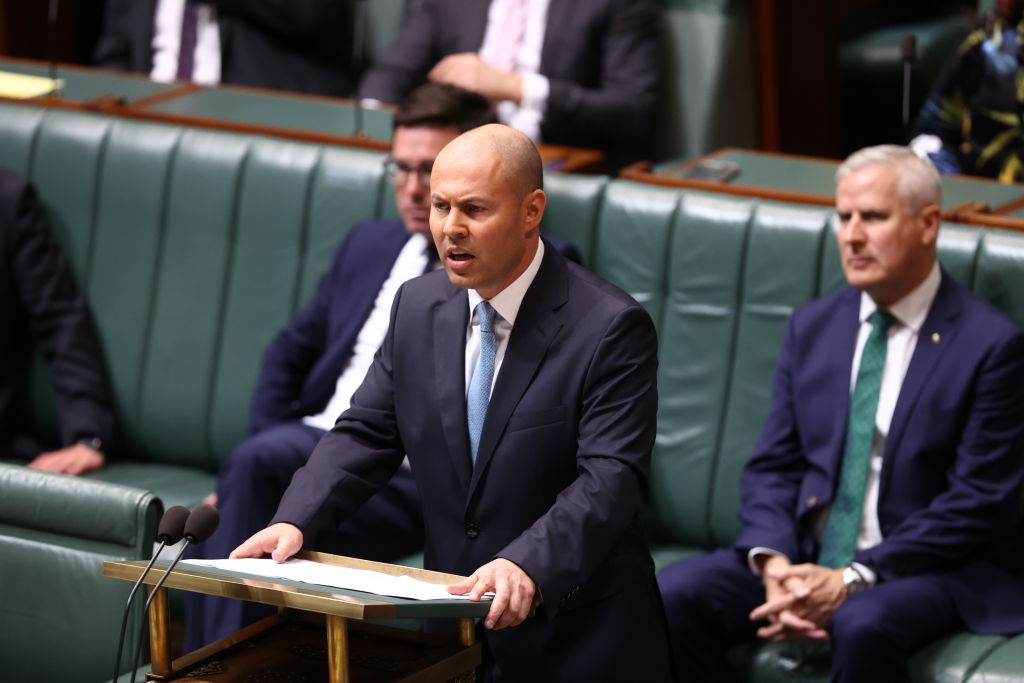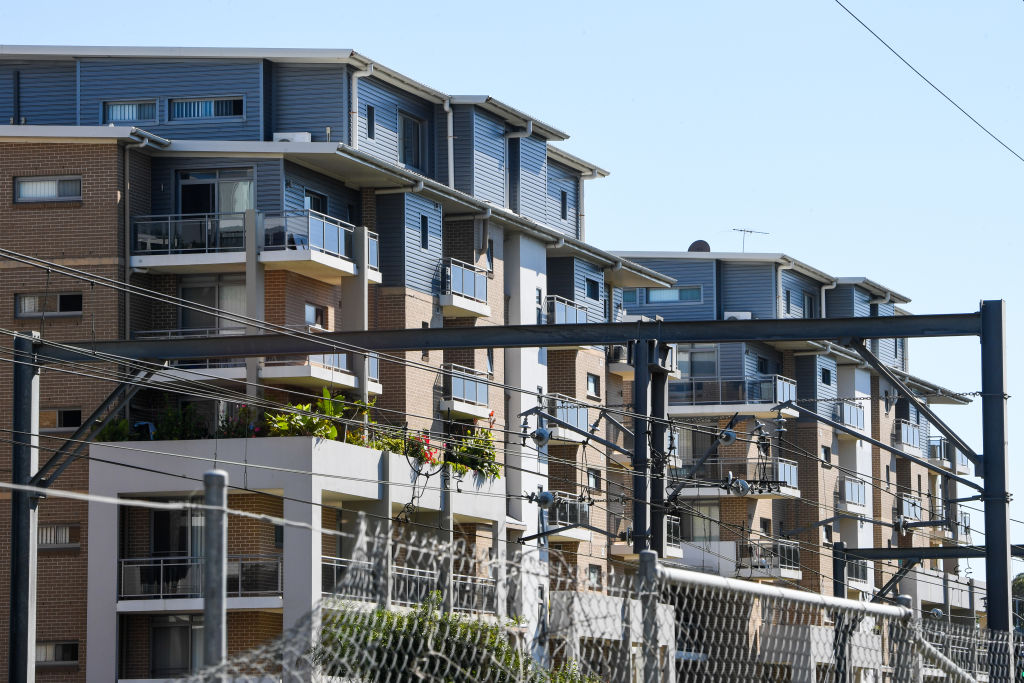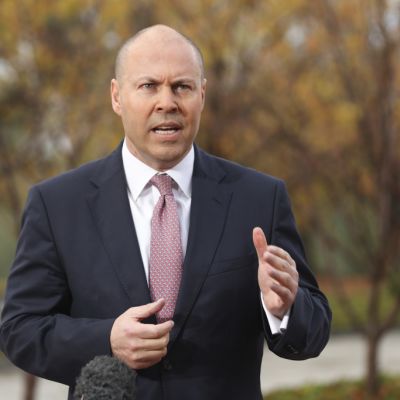Federal budget 2021: Help for first-home owners welcome, but missed chance to do more

Help with reaching home ownership is always welcome, but the last two budgets have proved a missed opportunity to do more.
Grants and guarantees for first-home buyers have already helped thousands onto the property ladder, despite the first recession in a generation, and more buyers will benefit from their expansion in Tuesday night’s federal budget.
The HomeBuilder grants of up to $25,000 to build new or renovate have been wildly popular, with more than 120,000 applications – not all of whom are first-time buyers.
An allocation of 10,000 places per financial year to buy a home with a 5 per cent deposit has been rushed each time it opens, and demand for a similar scheme restricted to new homes has been steady.
A tax break for first-home buyers to save through superannuation accounts has had less interest, with about 18,500 buyers using it since it opened in July 2018, although it remains to be seen if sweetening the program to offer bigger savings will change that.
First-home buyers are at their highest level since the GFC, when the first home owner grant was tripled as part of Australia’s crisis response, and those who do not get a grant are assured of paying historically low interest rates.
But there’s a catch, and the budget papers acknowledge it.

“The policy-driven strength in demand for detached house construction partly reflects a bring-forward in demand from future years,” the Budget warns.
A bring-forward in demand also describes many purchases of established homes: first-home buyers who would have been able to buy later, but brought forward their purchase while investors were on the sidelines, debt was cheap and federal and state governments offered help.
Grants to first-time buyers tend to push up prices because buyers have more cash to spend, experts warn, helping those who are close to getting onto the property ladder while making it harder for future buyers.
Instead of demand-side stimulus measures, there have been consistent calls for a focus on the supply side. And for help for those who were far from being able to buy their own home.
Economists, researchers and advocacy groups have urged fresh spending on social housing, to the tune of 30,000 new homes at a cost of about $10 billion over four years.
Experts have also suggested federal government incentives to the states or local councils to boost housing construction in inner- and middle-ring suburbs.
And an energy-efficient retrofitting scheme has been floated over the past year but never taken up.
These could be ways to increase supply and improve the existing housing stock while keeping construction workers in jobs during a period of economic uncertainty and near-zero immigration.
The stars seem aligned: borrowing costs are at ultra-low levels, there’s a heightened public awareness of the need to protect jobs from the pandemic recession, and the federal government is willing to spend big to support the economy.
Already the federal government expects to spend $1.6 billion to support state affordable housing services through the National Housing and Homelessness Agreement in the coming financial year, a level set to stay steady over the forward estimates.
And it offered an extra $124.7 million over two years for social and community service workers in the housing and homelessness sectors, and to help states with social housing.
But if this budget and the previous one — delivered as the second coronavirus wave was subsiding — are not the time for a big boost to spending on social housing, then when?
We recommend
We thought you might like
States
Capital Cities
Capital Cities - Rentals
Popular Areas
Allhomes
More








